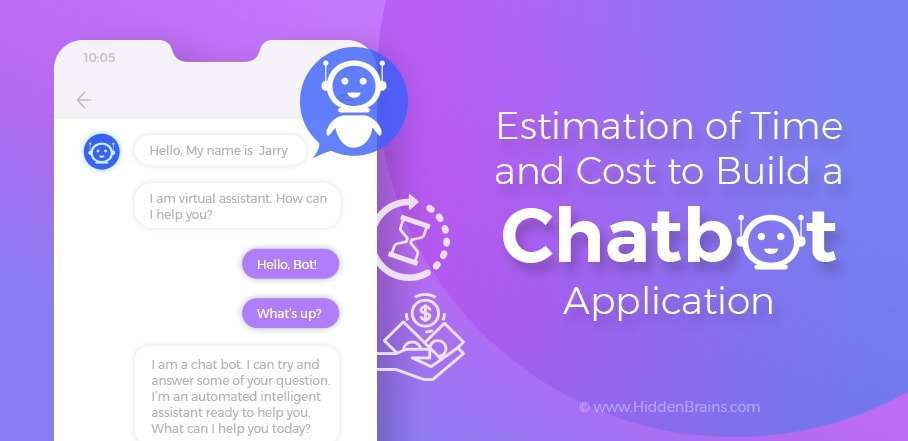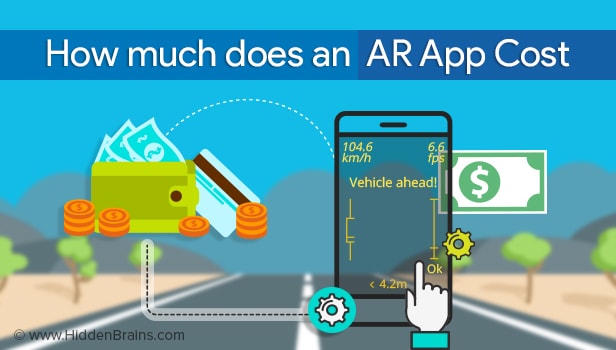This checklist will help you stay ahead of the game and ensure your app is secure and compliant with the latest HIPAA standards. So if you're looking to stay up-to-date with the latest regulations and ensure the security of your app, read on for our HIPAA compliant app development checklist for 2023.
What is HIPAA?
HIPAA, the Health Insurance Portability and Accountability Act of 1996, is a law designed to protect individuals’ privacy and health information. HIPAA sets a national standard for safeguarding protected health information (PHI) and ensuring its secure transmission between healthcare organizations, health plans, and other third-party entities.
For mobile app developers, this means that if you are creating an app which handles, stores or transmits PHI, you must comply with HIPAA rules and regulations. HIPAA compliance requires that appropriate safeguards are in place to protect the privacy of PHI.
To help app developers ensure their apps remain compliant with HIPAA, we’ve put together a checklist of best practices for HIPAA compliant app development.
What Are the Requirements for HIPAA Compliance App Development?
HIPAA Privacy Rule
HIPAA Security Rule
HIPAA Enforcement Rule
Under the Breach Notification Rule, covered entities must notify affected individuals within 60 days of discovering a breach. They must also notify the Secretary of the U.S. Department of Health and Human Services and, if the breach affects more than 500 individuals, notify prominent media outlets. Additionally, covered entities are required to maintain records of all breaches for six years and make them available for review upon request.
The Breach Notification Rule
It’s no secret that HIPAA compliance is one of the most important parts of app development in 2021 and beyond. To ensure you are creating a safe, secure and compliant application for your users, there is a Breach Notification Rule that you need to follow.
Additionally, you should consider incorporating a system of notification into your app so that you can immediately alert patients and authorities of any potential breaches. This could include sending emails or SMS messages to those affected when an issue is detected. Additionally, you should have a plan in place for how to respond to and recover from a breach if one does occur.
By following the Breach Notification Rule and taking proactive steps to secure your application, you can ensure that your app is HIPAA compliant. Doing so will help protect the safety of your users and ensure that your organization remains compliant with current regulations.
The Omnibus Rule
The main objectives of the Omnibus Rule are to strengthen the enforcement of HIPAA and to improve individual privacy protections. It also gives individuals the right to gain access to their health records and to request a copy of it if necessary. Under the Omnibus Rule, organizations must also report any security breaches that occur and document how they responded to them.
When developing a HIPAA compliant app, it is essential to adhere to the regulations set forth in the Omnibus Rule. Your app should have strong encryption protocols in place and must be able to detect any potential security threats. It should also provide individuals with a secure way to access their health information and allow them to request copies of their records if needed. Lastly, organizations must document any security breaches and how they were addressed in order to remain compliant.
Secure Authentication
When developing an app for use in the medical or healthcare industry, secure authentication is essential to ensure that only authorized users can access the data within your application. Ensuring HIPAA compliance means implementing a secure authentication process for your users, which should include the following elements:
• A strong, complex password system with at least eight characters, including upper and lower case letters, numbers, and symbols.
• Multi-factor authentication (MFA), which requires users to authenticate themselves through more than one method, such as a security code sent via SMS or email, or biometric authentication.
• Automated log out after a certain period of inactivity.
• Secure access control to restrict access to data based on user roles.
• Regular reviews of user accounts to detect suspicious activity.
By following these steps, you can ensure that only authorized personnel can access the data within your application and protect it from malicious actors.
Integrity
When developing an app that must comply with the Health Insurance Portability and Accountability Act (HIPAA), integrity is a vital part of the security process. To ensure your app remains compliant, you must ensure all data remains secure and is not altered in any way. This can be accomplished through the use of encryption and data integrity techniques such as hashing. Additionally, all access to sensitive data must be tracked, monitored, and logged to ensure any unauthorized or malicious activities are detected immediately. By following these steps, you can help protect the data you handle from corruption and maintain HIPAA compliance.
Storage Encryption
When developing a HIPAA compliant app, storage encryption is a crucial security measure. All patient data and personal health information must be encrypted and stored securely in order to remain in compliance with HIPAA regulations.
There are several different types of encryption algorithms available. When selecting an encryption algorithm, developers should take into consideration factors such as speed of encryption, strength of encryption, and compatibility with existing systems.
Conclusion
Developing and maintaining an app that is compliant with HIPAA is a crucial task for any organization. It is important to be aware of the ever-changing regulations and to regularly update your app accordingly. Following the HIPAA Compliant App Development Checklist for 2023 is an essential step in ensuring that your app remains secure and compliant. It covers all the major aspects of HIPAA compliance, from creating user accounts to securely storing data. Staying up to date with this checklist will help you remain compliant and protect your business from potential data breaches and other issues. Ultimately, it is important to remember that developing and maintaining an app that is compliant with HIPAA is an ongoing effort that requires continuous effort and dedication.
Read Also:
Top Health and Fitness Apps for Android
HOW MOBILE APPS AND BIG DATA CAN REVOLUTIONIZE HEALTHCARE
How has the Healthcare sector transformed due to Covid 19?
How to Make Your App HIPAA Compliant in Easy Steps
What are the chief future trends in telemedicine app development companies




0 comments:
Post a Comment